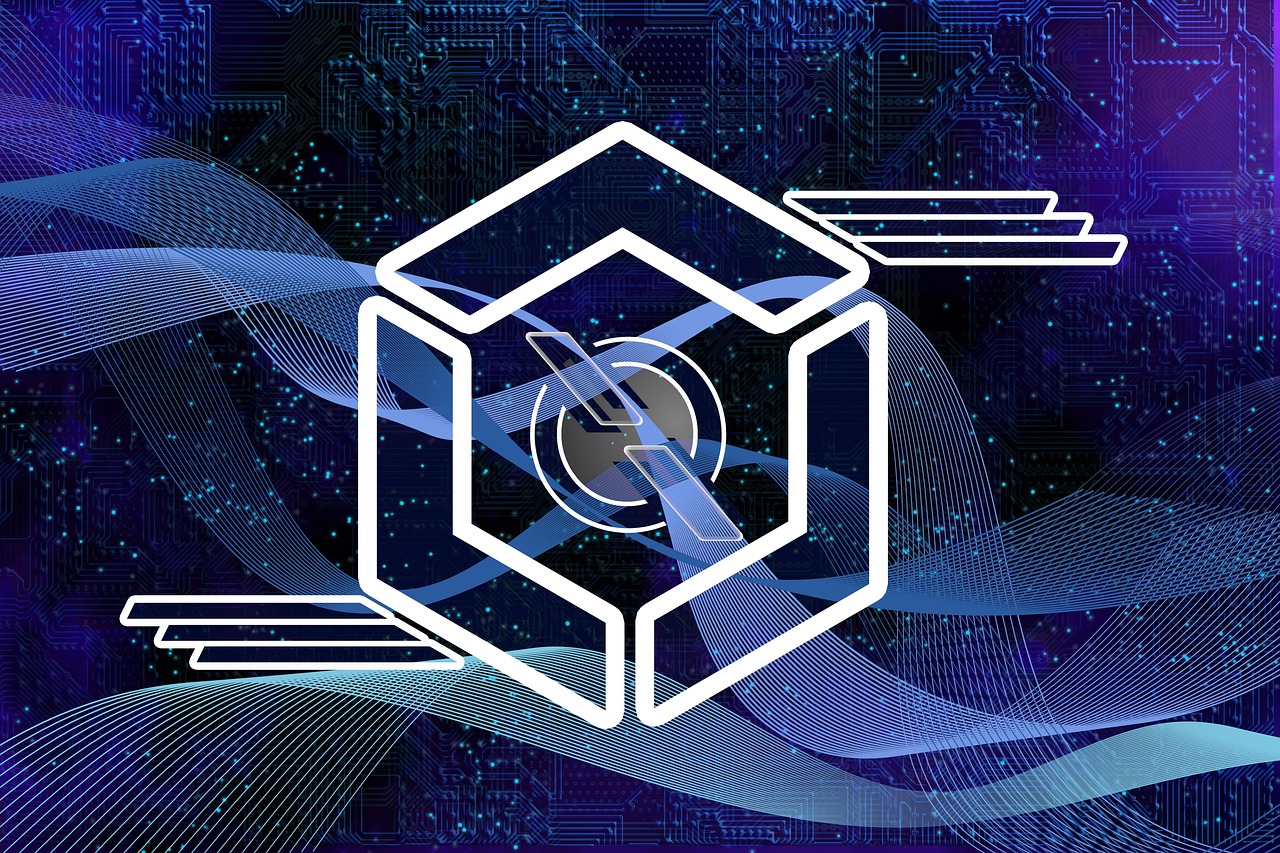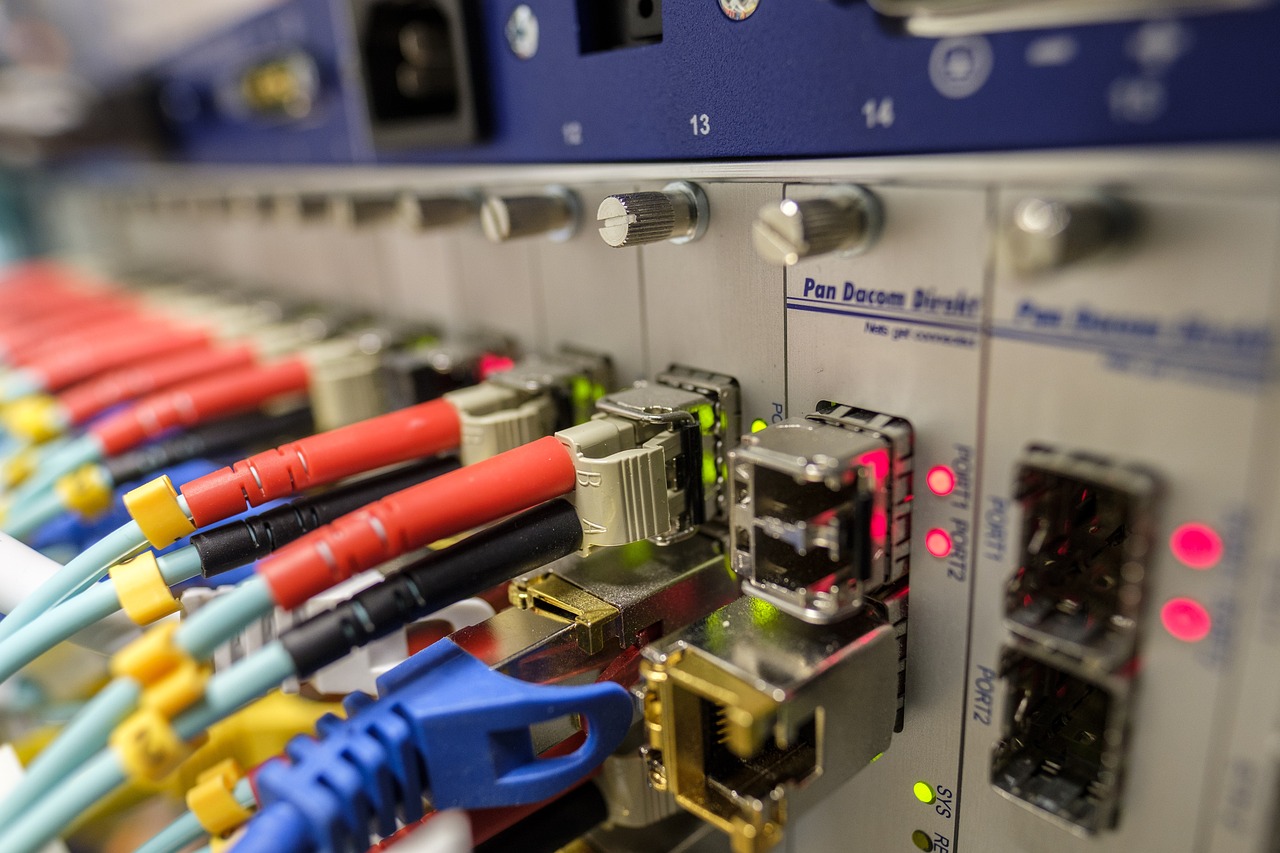The evolution of the World Wide Web has brought about transformative changes in how we connect, communicate, and conduct business. As we stand on the cusp of a new era in digital technology, Web 3.0 is poised to revolutionize the internet landscape once again. In this article, we’ll delve into the concept of Web 3.0, its defining features, potential applications, and the implications it holds for the future.
Table of Contents
The Evolution of the Web
Before we delve into the specifics of Web 3.0, let’s take a brief look at the evolution of the web. Web 1.0, often referred to as the “Static Web,” was characterized by static web pages with limited interactivity. It was a one-way communication channel where users could only consume content.
Web 2.0 marked a significant shift with the advent of social media, user-generated content, and dynamic web applications. It introduced the concept of user interaction, collaboration, and real-time communication. This era witnessed the rise of platforms like Facebook, YouTube, and Twitter, which empowered users to create and share content.
Defining Web 3.0
Web 3.0, also known as the “Semantic Web” or the “Decentralized Web,” represents the next phase in the evolution of the internet. Unlike its predecessors, Web 3.0 aims to create a more intelligent, interconnected, and decentralized digital ecosystem.
At its core, Web 3.0 seeks to enable machines to understand and interpret the content on the web, thus facilitating more meaningful interactions between users and digital systems. This is achieved through the use of linked data, artificial intelligence, and advanced algorithms.
Key Features of Web 3.0
- Semantic Data: Web 3.0 leverages semantic data to provide context and meaning to information on the internet. This allows machines to better understand the relationships between different pieces of data, leading to more relevant search results and personalized experiences.
- Decentralization: A cornerstone of Web 3.0 is its emphasis on decentralization. Instead of relying on central authorities or intermediaries, decentralized technologies like blockchain are used to create trust and facilitate peer-to-peer transactions and interactions.
- Interoperability: Web 3.0 promotes interoperability by enabling different applications and platforms to seamlessly communicate and share data. This paves the way for more integrated and cohesive digital experiences.
- Intelligent Agents: Intelligent agents, powered by AI and machine learning, play a crucial role in Web 3.0. These agents can understand user preferences, anticipate needs, and perform tasks on behalf of users.
- Enhanced User Experience: With Web 3.0, users can expect more personalized and tailored experiences. The web becomes more intuitive, adapting to individual preferences and behaviors.
Applications of Web 3.0
The potential applications of Web 3.0 span various sectors and industries:
- Finance and Economy: Web 3.0 can revolutionize the financial industry through decentralized finance (DeFi) platforms, smart contracts, and frictionless cross-border transactions.
- Healthcare: The Semantic Web can enhance healthcare by facilitating data sharing among different medical systems, leading to better patient care and medical research.
- Supply Chain Management: Decentralized ledgers can increase transparency and traceability in supply chains, reducing fraud and ensuring product authenticity.
- Artificial Intelligence: Web 3.0 can fuel the growth of AI by providing intelligent agents with access to a vast pool of interconnected data, leading to more advanced and accurate AI systems.
- Entertainment and Content Creation: Content creators can benefit from Web 3.0’s decentralized platforms, where they have more control over their work and can engage directly with their audience.
Challenges and Considerations
While the prospects of Web 3.0 are exciting, there are challenges to address:
- Privacy and Security: As data becomes more interconnected, ensuring the privacy and security of user information becomes paramount.
- Adoption and Standardization: Widespread adoption of Web 3.0 technologies requires industry-wide collaboration and the establishment of common standards.
- Technical Complexity: Implementing and managing decentralized systems and intelligent agents can be technically complex and require new skill sets.
- Ethical and Legal Implications: Decentralization raises ethical questions related to governance, accountability, and regulatory compliance.
Summary
Web 3.0 represents a paradigm shift in the way we interact with the digital world. Its emphasis on semantic data, decentralization, and intelligent agents holds the potential to reshape industries, improve user experiences, and foster innovation. As we continue to explore the possibilities of Web 3.0, it is essential to address the challenges and considerations that come with this transformative evolution. With careful planning, collaboration, and a commitment to ethical practices, Web 3.0 has the potential to unlock a new era of possibilities for the internet and beyond.
What Is Quantum Computing? A Complete Guide to the Future of Technology
In the rapidly evolving world of technology, quantum computing stands out as one of the most revolut…
Edge Computing: The Future of Data Processing and Connectivity
In today’s digital landscape, the rapid growth of connected devices, IoT (Internet of Things), and r…
The Fastest Commercial Broadband for Personal Use in 2025
Why Broadband Speed Still Matters in 2025 Despite the rise of 5G, Wi-Fi 7, and satellite-based conne…


